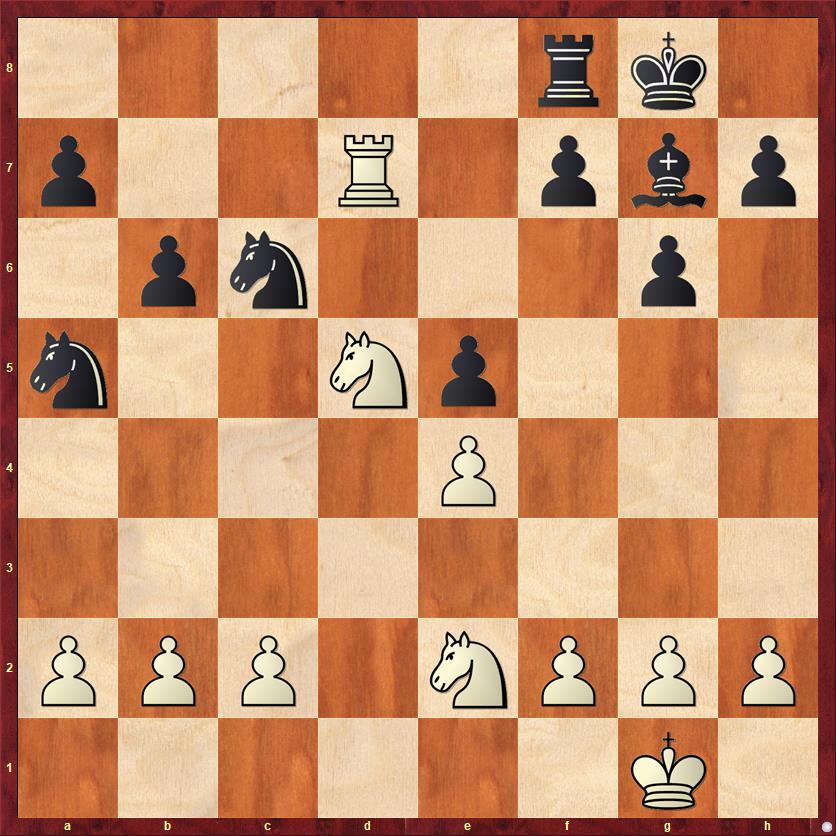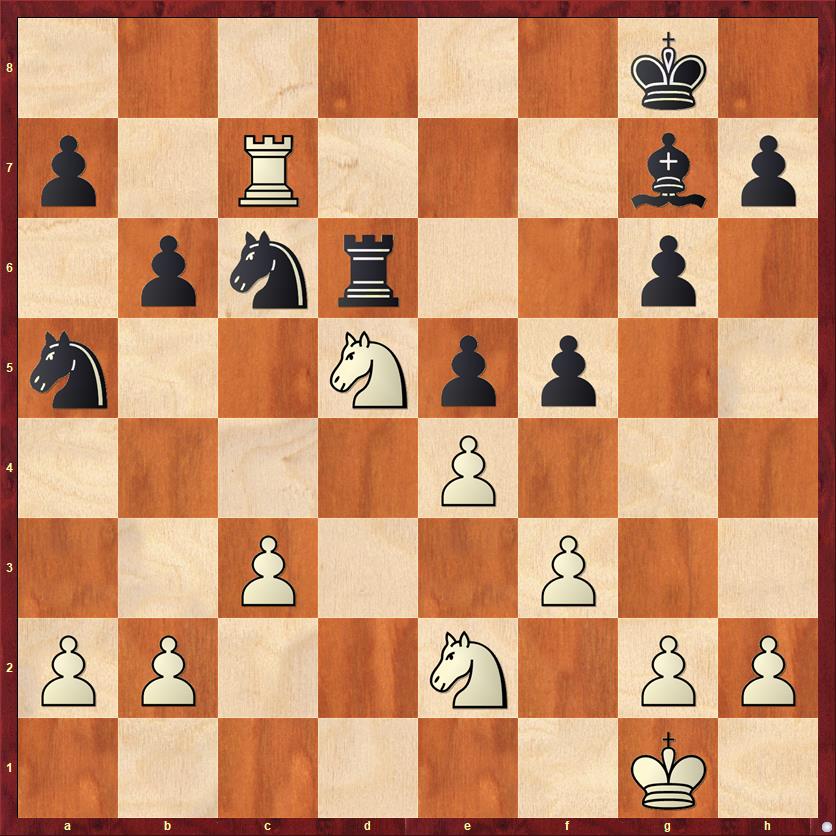Some of you might wondering, “When are you going to write Year 50 of your 50 Years of Chess series?” Patience! We are still in year 50.
Actually, I had a plan that went awry. I was going to play in the “Real Bay Area Championship” in Santa Clara this weekend, which would have been my first chess competition of any kind since the pandemic began. Unfortunately, my body had other plans. I’ve been suffering from insomnia for the last few weeks, and for the last three days it has been particularly bad. So I took stock yesterday and felt that I was in no condition to play serious chess, and sent in my withdrawal. The next two-day tournament will be in November, and I hope hope hope hope hope that I will be in condition to play in that. Then, whether I win or lose, I’ll be able to complete my 50 Years of Chess journey.
Besides writing this blog, my only other chess activity this year has been teaching. I’m still in touch with three of my most dedicated students from the Aptos Library Chess Club. That club is still on hiatus; the library system is planning to open back up to public events in January. When it re-opens, it will actually be the Aptos Library Chess Club in Exile. The Aptos branch is closed for construction, and we will be meeting in the Capitola branch instead.
But I’ve continued to meet with my students Emmy and Ryder via Zoom, and my student Atlee in person. One cool thing about teaching is that I often learn new things, too. For example, students can retain a concept better if you give a name to it. A couple weeks ago I was going over one of Ryder’s games and I called attention to the awkward position of his pieces. At the time I didn’t have a name to express what I didn’t like about it, and I realized after the lesson was over that I should have called it a “House of Cards.”
A House of Cards position is one where Piece A is the only defender of Piece B, which in turn is the only defender of Piece C. Presumably you can go on like this, but three is enough to get the idea. To a novice, this kind of position can look very safe, because everything is defended. But a more experienced player realizes that such a position is actually very fragile. First of all, you can’t move Piece A or Piece B because then the house of cards collapses. And if your opponent should happen to attack one of these pieces, the same thing can happen.
Guess what happened the very next week? Emmy, Ryder’s sister, got one of her opponents into a House of Cards situation, but failed to spot it and take advantage — not once, but twice!

FEN: 5rk1/p2R1pbp/1pn3p1/n2Np3/4P3/8/PPP1NPPP/6K1 w – – 0 20
Emmy, who is playing White, lost a piece in the opening but has gotten her pieces into good, active positions. Meanwhile, Black has a classic House of Cards setup: the knight on a5 is the only piece defending the knight on c6, which is the only piece defending the pawn on a7. How can White exploit this?
The answer is 20. b4!, blowing down the house of cards. The main line is 20. … Nc4 21. Rc7!, skewering the two knights. Once they lose each other’s protection, they are defenseless.
There is a tricky side line suggested by the computer, 20. b4 Nb8, but this abject retreat can’t be good for Black. White snaps up a pawn with 21. Rc7 Nac6 22. b5 Na5 23. Rxa7.
Instead Emmy played 20. c3?, which was perhaps intended to protect the pawn’s advance to b4 — but it’s not necessary! The game continued 20. … Rd8 21. Rc7 f5? (21. … Bf8 would be better, but Black does not see the need for energetic play to save his house of cards.) Emmy cautiously played 22. f3 and Black now played 22. … Rd6, obviously intending to strengthen his house of cards by defending the link on c6.

FEN: 6k1/p1R3bp/1pnr2p1/n2Npp2/4P3/2P2P2/PP2N1PP/6K1 w – – 0 23
This position is a lesson-within-a-lesson. Whenever your opponent plays a defensive move, I think it’s always a good idea to ask: “Does that move really accomplish its intended purpose?” (The same holds for attacking moves: You should always ask, “Does that move really threaten the piece it looks like it’s threatening?”) This is a Reality Check: the move may be more of an illusion than a real threat or a real defense.
As it turns out, 22. … Rd6 did nothing to alleviate the House of Cards position because of a very thematic trap: 23. b4! Nc4 24. Rxc6! winning back her piece. If 24. … Rxc6 25. Ne7+ picks up the rook via a fork.
This kind of combination has a name, too — a “decoy sacrifice.” It’s a sacrifice that is designed to lure your opponent’s piece to a poisoned square, for example a square where it can be forked or skewered. This tactical motif will win you a lot of games, especially at the novice to intermediate level.
Once again, Emmy missed her chance to equalize, and instead played 23. Nb4? Nxb4 25. cb Nc6. We still have a House of Cards, where Black’s rook is the only defender of the knight, which is the only defender of the pawn. But the material is too reduced now for White to really take advantage. For example, 26. b5 would be met by 26. … Rd1+ 27. Kf2 Nd4 and even though White can pick up the a-pawn, the penalty is that Black’s pieces become tremendously active and should be able to win easily. In fact, Black did win the game.
Lest I seem too critical of Emmy, I should say that her rating is about 500 (though her strength may be closer to 800) and she was playing a 1500 player. So she did well to get to this point.
Lessons:
- A House of Cards is a position where piece A is the only defender of piece B, which is the only defender of piece C.
- Houses of cards may look solid, but they will often collapse if you attack piece A or piece B.
- Don’t waste tempi “preparing” a move that you can play right away.
- When your opponent plays a move with an obvious intent to defend one of his pieces or attack one of yours, do a Reality Check: Does the move actually accomplish its intended purpose?
- Decoy sacrifices are fun and will win you lots of games!


